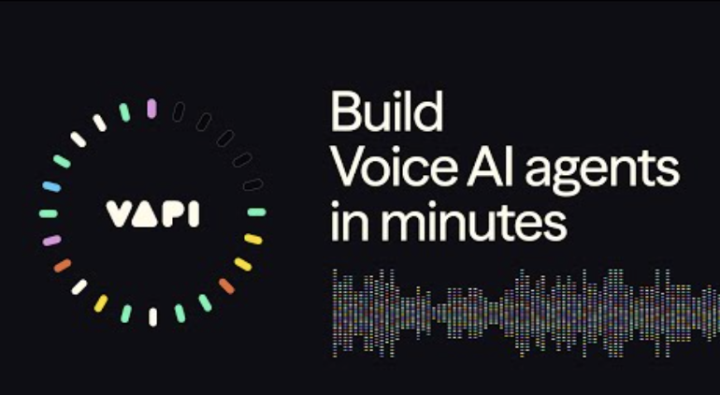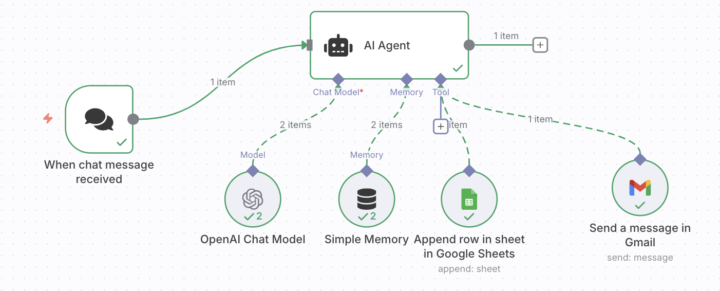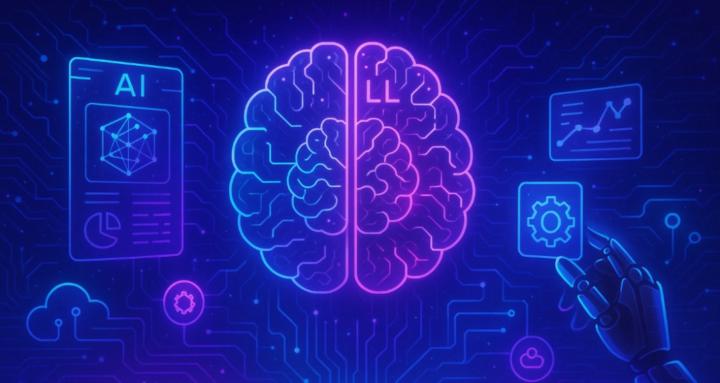
Write something
Pinned
Prompt Engineering
Prompt engineering is the practice of designing, structuring, and refining prompts (the text or instructions you give to a large language model like GPT) to achieve the most accurate, useful, and reliable outputs. Since LLMs don’t “know” your intent unless it’s clearly expressed, prompt engineering is essentially about: Making instructions precise Providing the right level of context Structuring queries to reduce ambiguity Iteratively testing and refining Think of it as teaching the AI how to think in your direction by shaping the input. Key Techniques Instructional clarity – Be direct about what you want. Role prompting – Ask the model to act in a specific role. Context injection – Provide examples, rules, or background info. Output formatting – Specify the format (table, JSON, bullet points, etc.). Iterative refinement – Adjust based on the AI’s first response. Examples 1. Simple vs. Engineered Prompt Weak prompt: “Explain machine learning.” Engineered prompt: “Explain machine learning in simple terms as if teaching a 10-year-old, using a real-life example and keeping the explanation under 150 words.” The engineered one sets audience, style, and scope. 2. Role Prompting Prompt: “You are a career coach. Give me 3 concise tips for preparing for a job interview in data engineering.” This makes the AI tailor its response to a specific persona. 3. Few-shot Prompting (using examples) Prompt: Translate the following English phrases to French: 1. Good morning → Bonjour 2. Thank you → Merci By giving examples, you “prime” the model to follow the same pattern. 4. Output Formatting Prompt: “Summarize this research article into: (a) one-sentence summary, (b) bullet list of 3 key findings, and (c) one open research question.” This avoids vague summaries and forces a structured output. 5. Chain-of-Thought / Step-by-Step Prompting Prompt: “Solve this math problem step by step before giving the final answer: (9.6 – 10) / (1.2 / √30).” This encourages the model to reason explicitly before answering.
1
0

Pinned
Voice Assistants in Industry & How VAPI Takes It Further
Voice assistants are no longer just for setting alarms or playing music—they’re transforming industries: - Healthcare – Automating appointment booking, patient follow-ups, and reminders. - Retail & E-commerce – Helping customers track orders, check product availability, or process returns hands-free. - Banking & Finance – Handling account queries, bill payments, and fraud alerts securely through conversational flows. - Hospitality & Travel – Managing reservations, check-ins, and itinerary updates with natural voice interactions. - Customer Support – Reducing call center load by solving common queries before a human agent is needed. The big advantage? Voice assistants remove friction. They let people interact with businesses as easily as talking to a person—saving time, cutting costs, and improving customer experience. Now, instead of depending only on Alexa or Google Assistant, you can create your own industry-specific assistant with VAPI. Enter VAPI VAPI is a platform for building custom voice AI assistants. Unlike generic assistants, it allows you to: - Define a specific role (e.g., “Orthopedic Clinic Receptionist”). - Create a guided conversation flow (greeting → service inquiry → scheduling → confirmation). - Connect directly to tools like Google Calendar, CRMs, or internal databases. - Deploy assistants tailored to your business, not just general consumer needs. For example: a hospital could set up a VAPI assistant to handle incoming calls, confirm which doctor the patient wants to see, check real-time availability, and book the appointment—all without human intervention. Why it matters: VAPI puts the power of voice automation directly in your hands, making it possible to design assistants that are professional, reliable, and specialized for your industry.
0
0

Smart Expense Tracker: AI Agents in Action with n8n
🧭 1. What is n8n? - n8n is a workflow automation platform. - Think of it like LEGO: you connect different blocks (called nodes) that represent actions (API calls, logic, storage, AI, etc.). - You can start workflows with triggers (webhook, chat message, cron schedule, etc.) and then chain steps. In your example: - Trigger: When chat message received - Actions: Store in Google Sheets, send via Gmail, process with OpenAI, etc. 🤖 2. What is an AI Agent in n8n? - An AI Agent is a special node in n8n that combines: 👉 The agent doesn’t just respond with text. It can reason about input, decide which “tool” to use, and take action automatically. ⚙️ 3. How the AI Agent Decides - When the agent gets input (like "debit shopping 5000"), it runs a reasoning loop: 👉 Example in your Expense Tracker: - Input: "debit shopping 5000" - Agent thinks: - Agent calls: Google Sheets Append Row tool - Sheet gets updated: shopping | 5000 | debit - If threshold exceeded (e.g., > $1000), agent might also call: Send Gmail tool. 🧾 4. How Your Expense Tracker Evolves 1. Basic Automation (No AI) 2. With LLM (AI Add-on) 3. With AI Agent (Full Power) This is the shift from rule-based automation → AI-driven decisions. 📊 5. High-Level Workflow from Your Screenshot - Trigger: User sends expense text. - AI Agent: Understands input and decides what to do. - - Tools: - Memory: Keeps a running history of expenses. - LLM: Powers reasoning & classification. 🎯 6. Why It’s Powerful - Traditional automation: “If it contains ‘debit,’ then do X.” - AI Agent automation: “I understand this natural language text. Let me classify, remember context, and decide which tool to use.” - This makes it flexible, scalable, and closer to human reasoning.
0
0

Comet (by Perplexity) — More than just a browser
Comet isn’t another search tool. It’s a browser with AI built in that acts like your personal assistant. Here’s what it can do: - Task execution: send emails, book meetings, shop, even check out — straight from natural language prompts. - Workspace organization: automatically groups your tabs into project-based workspaces (e.g. “Japan Trip” or “AI Research”), so you don’t drown in clutter. - Segregates & summarizes info: highlight text, video, or PDFs and get instant summaries or comparisons. - Tool integration: connects with Gmail, Calendar, Slack, CRM — helps you arrange tasks and keep everything synced. - Privacy-first: stores history locally, SOC 2 / GDPR compliant. Basically, Comet helps you arrange, prioritize, and streamline work without constant tab-hopping or copy-pasting. Link: https://www.perplexity.ai/comet Question for you all: Do you see yourself replacing Chrome/Edge with an AI-first browser like Comet, or do you think it’s still too early to trust AI to run your daily workflows?
0
0
1-17 of 17
powered by

skool.com/aiexplorers-4079
Dive into artificial intelligence with curious minds—explore LLMs, GenAI, automation, and the future of human and machine intelligence together.
Suggested communities
Powered by
